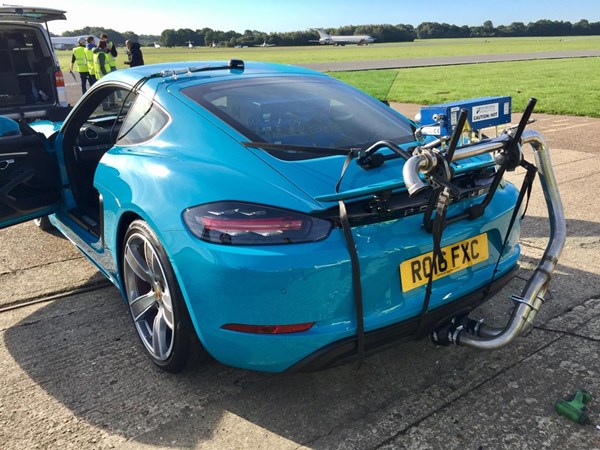
If you’ve ever worked out how much fuel your car is really using, chances are you’re getting far less than the official figure.
New European Driving Cycle (NEDC) mpg and CO2 emission figures have been around since 1992, with no further changes to the tests since 1997. Designed to help you to compare different cars’ appetite for fuel, many drivers find they can’t get anywhere near the notional published figures – consequently spending much more on fuel than they may expect.
The EU has sought to change this, however, by adopting the new Worldwide Light vehicle Testing Protocol (WLTP) system, which has been in the pipeline since 2007. This calls for a completely new test, which should be both more comparable between models and easier to achieve on real roads.
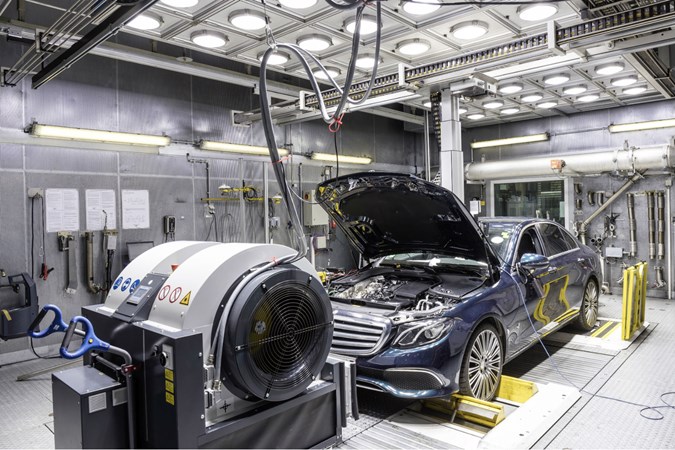
Cars tested under the new system are likely to see a big decrease in their claimed mpg figures, but though the numbers are likely to go down, it doesn’t mean that cars are suddenly using more fuel.
‘The introduction of WLTP can be compared to a currency reform as far as the customer-relevant CO2 and consumption values are concerned,’ Mercedes claims in a review of the new measurement system.
‘Although the vehicles will not change technically, they will simply be measured by new standards.’
Keep reading to get your head around why fuel economy tests are changing and why it’s important to you.
How do NEDC and WLTP economy tests differ?
| NEDC | WLTP | |
| Duration | 20 minutes | 30 minutes |
| Distance | 6.8 miles | 14.4 miles |
| Average speed | 21mph (75mph max) |
28.9mph (81mph max) |
| Gear-shift points | Fixed | Variable by vehicle |
| Temperature | 20-30 degrees | 14-23 degrees |
NEDC emission figures: designed to let you compare models
The NEDC standard for fuel economy and CO2 emissions has been around for more than 20 years with the promise of providing directly comparable economy and emission figures.
However, traffic levels and cars themselves have changed dramatically since the NEDC’s introduction in 1992, which means that the figures are not as relevant as they used to be.

The NEDC test features lots of urban driving and low acceleration levels with an average speed of just 21mph and a maximum of 75mph. The temperature is high compared with typical British conditions – potentially flattering results – and it’s shorter and less demanding than the new WLTP version.
As a result, published economy figures for like-for-like models appear to be worse after the switch to WLTP, even when real-world performance is unchanged.
WLTP economy figures: set up for more representative results
The new testing standard is 50% longer and covers more than twice the distance of the old test. Speeds are also notably higher, with gear shifts set to suit the vehicle – rather than being at fixed points, as before – meaning that the final figures should be closer to what you can expect in everyday driving.

Helping to make the figures more representative, WLTP involves shorter stops, more rapid acceleration and deceleration and a greater spread of engine load and gears used.
Want more advice about buying a car? Have a look at the following stories:
- Car scrappage schemes: are they better value than trading in my old car?
- How to drive a Toyota hybrid to cut fuel costs
- Parkers winter driving guide
- Deal Watch: top finance, leasing and cash deals
- Video: is PCP finance for me?
The replacement test will also feature three different test cycles depending how powerful the car is for its weight rather than just one, with four road types covered compared with just two.
CO2 values, on the other hand, will take into account the weight and aerodynamic effect of adding optional equipment such as larger alloy wheels or air conditioning. This should give owners a more accurate idea of the economy level they can expect from their specific car.
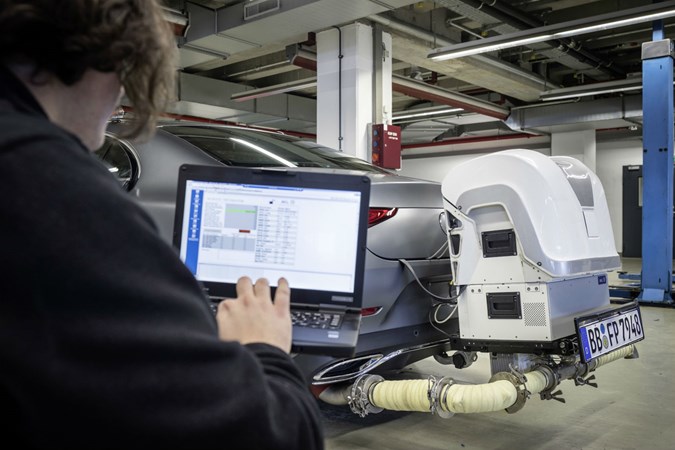
The new tests are set up to measure a number of parameters including fuel usage – or energy usage in the case of electric and hybrid vehicles. These include:
- Fuel consumption for petrol and diesel cars
- Energy consumption for electric and hybrid vehicles
- CO2 emissions
- NOx emissions
- CO – carbon monoxide – emissions
- Particulates by mass and number
What about plug-in hybrid electric vehicles?
Plug-in hybrid cars are some of the models that can fall furthest away from their claimed economy and emissions figures, depending upon how often they’re charged.
Therefore, they will be tested in a different way to conventional models. ‘The introduction of WLTP means a major change for plug-in hybrid vehicles. These vehicles complete the test several times,’ states Mercedes in a report on the new testing system.
‘They start with a full battery. The cycle is repeated until the battery is empty. Finally, there is also a measurement with an empty battery, in which the drive power comes exclusively from the combustion engine and regenerative braking.

‘These two measurements are used to calculate the published CO2 value, for which purpose the two results are set in relation to each other depending on the electric range.’
New RDE test to run alongside WLTP to confirm real-world emissions
This real-world assessment sees cars put to the test on public roads to ensure they meet Euro 6 emissions standards on the road as well as in the lab – under a wide variety of driving conditions.
Cars are sent out with monitoring gear attached to the exhaust pipe to gauge real-world emissions, with testers ensuring that cars meet prescribed limits for NOx and particulate emissions.
Making the Real Driving Emissions (RDE) tests more challenging, models are expected to deal with extreme driving conditions, such as lugging a heavy load up a steep hill at high speeds and in very cold temperatures.
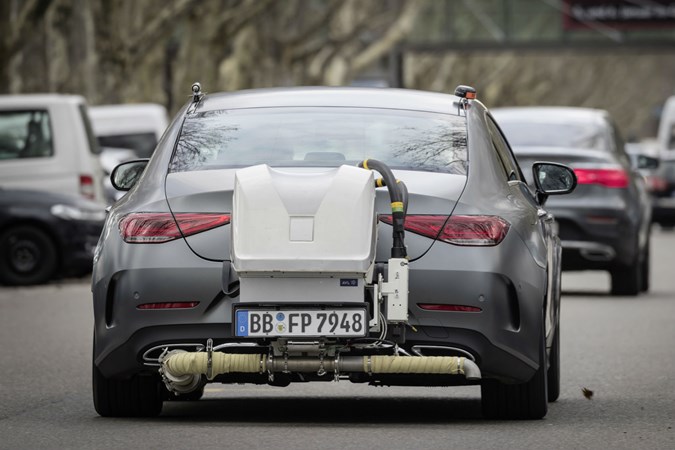
Unlike the WLTP test itself, there is no set driving cycle for the RDE element, though for emissions figures to be valid, the route must fall within certain boundaries – taking into account road type, weather, traffic and road gradients.
Should a vehicle fail to meet these limits, it can’t be sold in Europe.
Expect claimed economy figures to fall by around 20%
Due to the substantial differences in testing procedures you can expect the same car to return a 20% lower economy figure under the new WLTP test compared with the NEDC.
‘The WLTP is likely to produce a higher CO2 figure in many situations, possibly as much as 20% for some vehicles, compared with the NEDC,’ states the Society of Motor Manufacturers and Traders (SMMT).
On the other hand, a jump of 22% is anticipated by Mercedes emissions and certification boss, Christoph Hohmann. Figures from automotive industry data supplier JATO, meanwhile, demonstrate a ‘greater than expected’ jump in emissions figures, with 13% to 18% typical in its 18-model assessment.
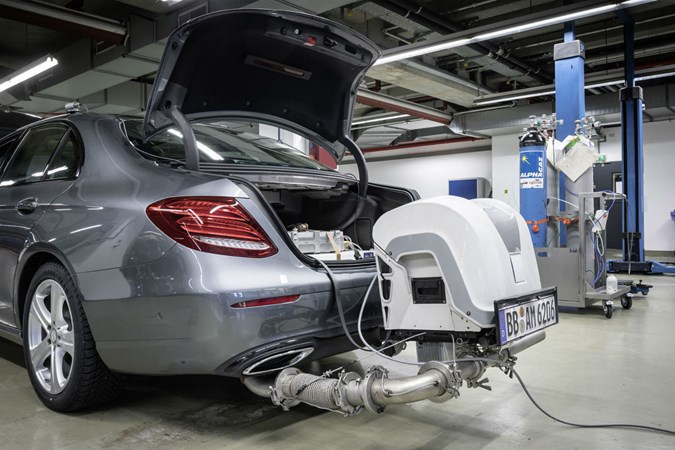
This applies to electric cars, too, so you can expect plug-in models to see a lower claimed range figure once tested under the new system.
When are the new tests coming into force and what do they involve?
The WLTP test is already in use, but NEDC figures are the ones that must be published, with a gradual switchover to the new system planned. This should stick to the following schedule:
- From September 2017: All newly-certified cars emissions tested under the new WLTP system. However, at the time of writing, the NEDC figure is still being calculated from the WLTP test figure and continues to be shown as the legally required value
- From September 2018: All models to be certified under the WLTP rules with the RDE test in force. NEDC figures, backwards calculated from the WLTP numbers, remain the ones included in sales documents and other publications until April 2020 in the UK
- From April 2020: Figures used for tax purposes and in adverts switch from NEDC to WLTP
- End of 2020: NEDC economy and CO2 figures continue to be calculated for all vehicles
- From 2021: WLTP values fully replace NEDC figures, bar those applying to vehicles registered before 31 August 2017
Looking for more car buying advice? Take a look at the following stories:
- Best cars for £100 per month
- Petrol vs diesel: which is best for me?
- Top cheap electric cars
- Do I need Apple CarPlay?
- Best affordable 4x4s
Just so you know, we may receive a commission or other compensation from the links on this website - read why you should trust us.


